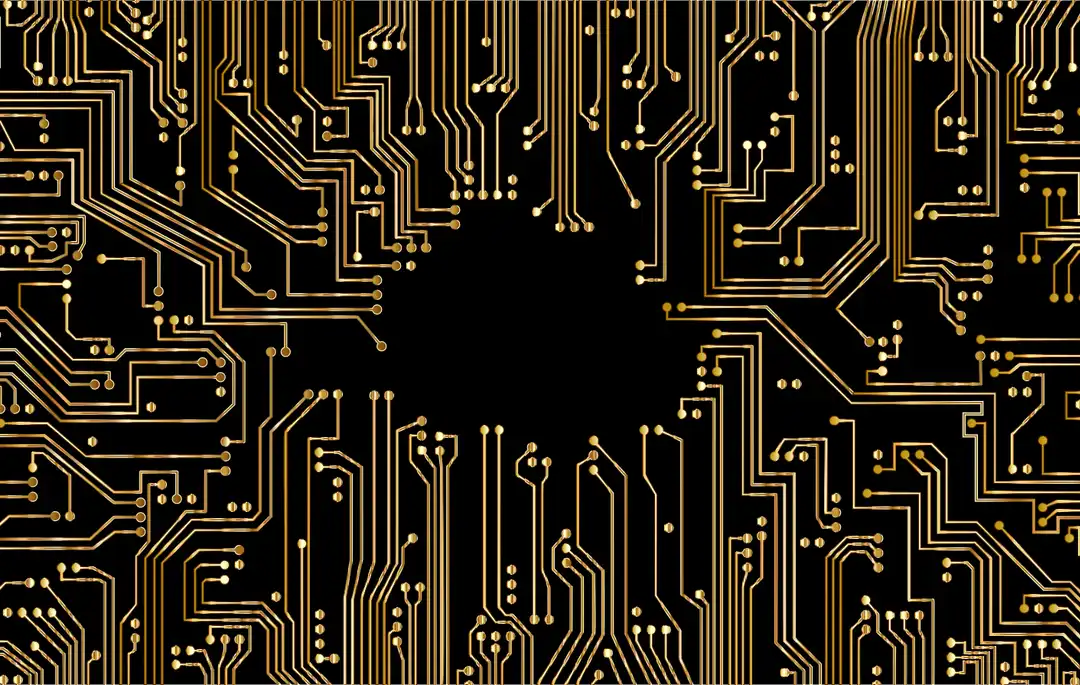I’m being replaced by machines, and I’m okay with it.
Over the past few years, several companies have developed software and algorithms that can take basic data and transform it into content for their sites. Newspapers use these tools to write simple stories, like a report on earnings or an earthquake. Recently Automated Insights made the technology available to everybody. So what’s the future hold for a writer when a machine can do the work?
I see this as an opportunity. A writer’s time isn’t best spent rehashing simple facts. If a machine can take data and create understandable sentences from it, that means a writer can use the time saved to delve deeper—what does the data mean, and why is it important to the people reading it?
To be honest, a few months out of journalism school, writers hate those cookie cutter stories anyway. So the machines are welcome to them.
Strategic content is more valuable
A better question to ask yourself: If some piece of information is so basic that it can be written by a machine, is it worth having on your site? For most of our clients, the answer should be no.
We work with several academic medical centers and health organizations, and their sites need to demonstrate expertise with treatments and tests. But often physicians want to duplicate encyclopedic information that’s readily available at WebMD or through licensed content. What’s more valuable are insights into why a patient should choose one facility over another and who they’ll be treated by.
Content strategy can help make your content unique—not something a robot can churn out—and more valuable to you and your readers. You need to understand where your visitors are in their journey, and as a result, what information they want from you at that time. Some of your patients may be at the beginning of their research, but in many cases they may have been diagnosed already and ready for the next step.
We can help you find the right balance of content, and write it in a way that adds context. We’ll leave the quarterly earnings to the robots.
